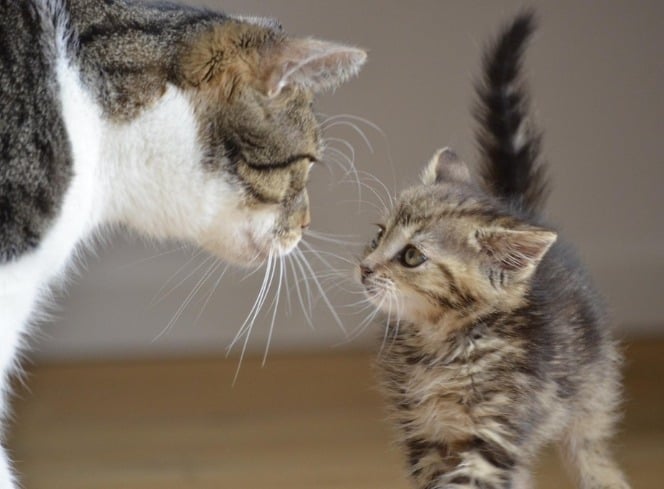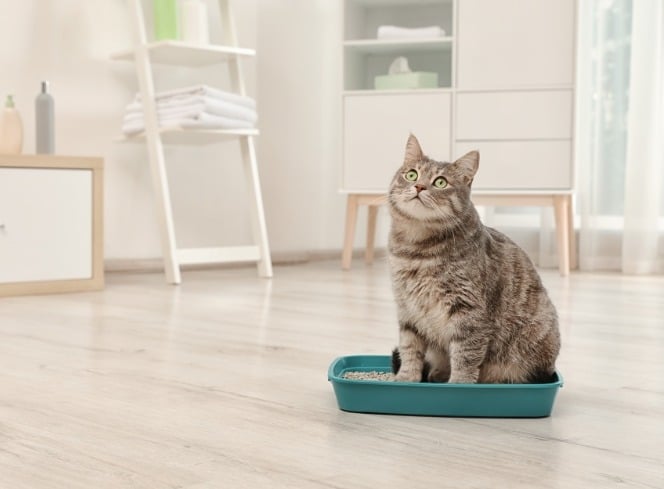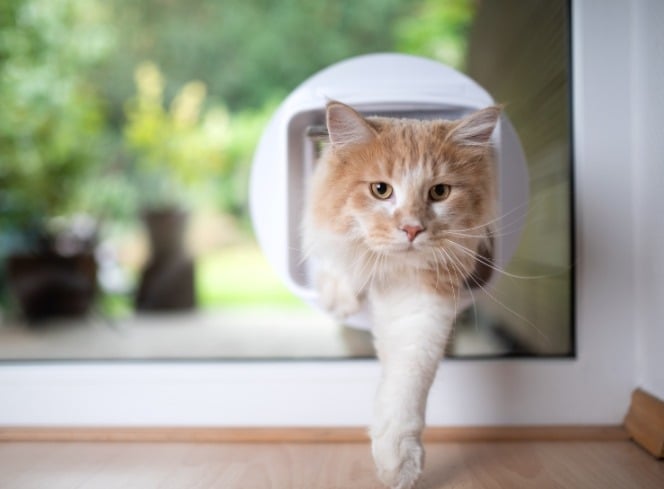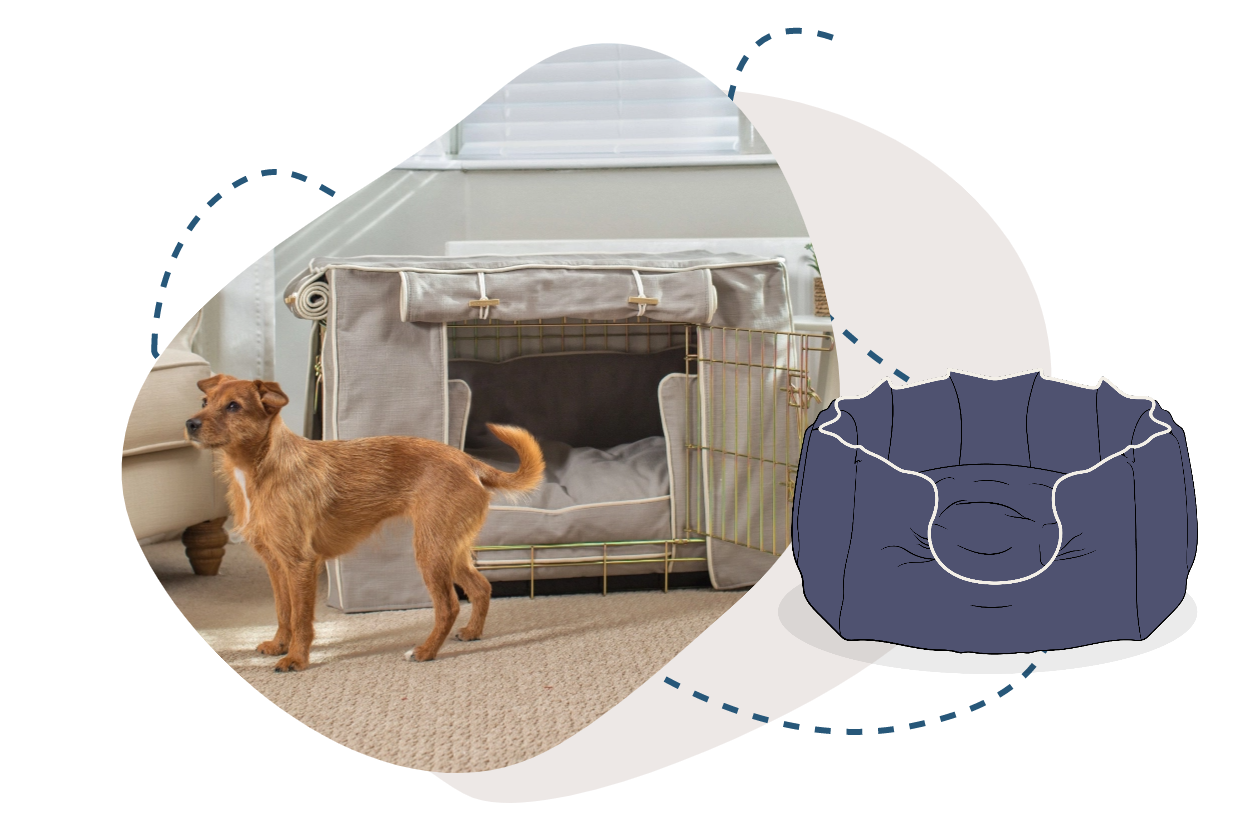
Everything You Need For Your New Cavapoo Puppy
Also known as Cavoodle and Cavadoodle, the Cavapoo is a friendly, playful, affectionate and curious breed. A cross between a miniature poodle and a Cavalier King Charles Spaniel, Cavapoos make great family pets. They are typically fiercely loyal and dedicated to the whole family. They are also usually great with adults and children alike, and are good at socialising with other dogs. Finally, if you are looking for a fairly low-maintenance breed, Cavapoos are known for their tendency not to shed their fur. With all of this in mind, this week we discuss the things you will need if you’re expecting a new Cavapoo puppy. From breakfast time to bedtime and everything in between, read on to find out what you should provide for your new furry bundle of joy. Cavapoo Crates A dog crate should be high on the list for any dog owner. It really is a valuable asset for any new puppy owner, helping with the training period and the general settling in of your new pup. Adding a cover so your pup has some privacy and a quiet place to go is also a good idea. This will also help with setting a good nighttime routine as you can roll the doors down to help teach when it’s bedtime and when it’s morning time. What size crate for a Cavapoo? As mentioned above, you will need to select a crate that your four-legged friend will comfortably fit in once they are fully grown. With this in mind, as a rule, we’d suggest a Medium crate for a Cavapoo puppy. However, it’s important to remember that Cavapoos come in a variety of different sizes depending on the sizes of the poodle and Cavalier King Charles Spaniel your pup is bred from. For this reason, it’s always a good idea to find out as much information as possible about your puppy’s parents before bringing them home. This will help to give you a better idea of how large your Cavapoo will grow and what size crate may be required. Some Cavapoos may need a smaller crate and some a bigger crate, but it is essential to select a crate that will fit them for their adult-sized body, not that of their puppy body. Therefore, if it is possible, as stressed above, it is best to find out how large your Cavapoo puppy is likely to be as a full-grown adult dog so that the wrong-sized crate is not selected. A good quality, washable puppy bed that will fit in your crate is a must. The cosy & calm puppy box bed is a really great option; the choice of stylish fabrics can be washed in case of accidents. It also fits neatly into one half of the crate leaving room for puppy pads and a water bowl. Cavapoo Beds [product] A good quality, washable puppy bed that will fit in your crate is a must. The cosy & calm puppy box bed is a really great option; the choice of stylish fabrics can be washed in case of accidents. It also fits neatly into one half of the crate, leaving room for puppy pads and a water bowl. Training a Cavapoo puppy to use pads A must for all new puppy parents - your puppy won’t be able to hold themselves for long in the first couple of weeks, so puppy pads will give them somewhere to relieve themselves when they don’t make it outside in time. These items are good to put in one side of your crate at nighttime and also to pop down in a corner of the playpen. How to toilet train a Cavapoo puppy Toilet training is always a priority when you bring home a new puppy. While puppies do have the ability to understand not to spoil their own personal space if they can avoid it from as young as three weeks old, accidents will still happen - particularly overnight and after periods of sleep. Although there are conflicting opinions when it comes to the use of puppy pads, with some arguing they can teach puppies that urinating and defecating inside the house is acceptable, the general consensus is they are a useful tool during your puppy’s first few months of life. Your puppy will use them if you are not around, but if you are in the house and suspect your furry friend needs to go to the toilet, you should take them outside. This will help to train them where they should be going. If your Cavapoo will only go using the pad, after a few weeks you should also try to gradually move the pad closer and closer to the door. This should train your pup to gravitate towards the door when they need to go out. Eventually, if you are consistent with your training, your Cavapoo puppy will go outside when they need the toilet, enabling you to phase out the use of pads altogether. Cavapoo playpens [product] In the first few weeks after you bring your Cavapoo puppy home, you will want to give your pup specific areas of the house to roam freely. This can either be a room or a partitioned part of a room. A puppy playpen is the perfect option for most people as they can be moved when needed. A natural progression from their crate, playpens provide larger contained areas that can be used to keep your puppy safe and secure, while also giving them space to play in. As your Cavapoo pup gets a little older, these items are also useful when you need to leave your puppy unsupervised for a short period of time. When it comes to size, there needs to be enough space in your pup’s pen for a bed, a water bowl and play area. As a rule, we would suggest purchasing a pen that provides between 3.5 and 5 square metres of space for your Cavapoo to play in. Cavapoo Bowls Small sized food and water bowls suitable for your little pup are an essential. You may want to consider a slanted shape as they grow up to cater for their floppy ears. We’d also suggest a set of crate bowls for their crate and a travel bowl or two for when they’re out about - ideal for vet trips, day trips and holidays! Cavapoo Accessories Whilst Cavapoos love a snuggle on the sofa with you, they are also energetic and playful. You will soon want to get your puppy trained on a lead so you can get out and about for walks to burn some energy. We’d suggest a harness for walking as it will be more comfortable than a collar when your pup is first learning and will offer more control. The harnesses and leads in our puppy walking section are super durable and are available in a range of stylish colours. Best Toys for Cavapoos Cavapoos are playful little things and a range of toys will help keep them occupied and their minds active. Buy a variety of different toys and rotate them so they don’t get bored. Chew toys will help with their teething stage and also help prevent them from chewing furniture or their bed. Cuddly snuggle toys will give them something to soothe them to sleep and a throwing toy or two will offer you both an opportunity to play together when you’re outside. Remember to put a chew toy and plush in the crate and pen to keep them occupied when they’re inside. Grooming brushes for Cavapoos It will be important to get your puppy into a grooming routine from the beginning. You don’t need to bathe them too often, but a good brush every few days will help keep their coat in tip top condition. Grooming time is also really good binding time - don’t forget to give them a reward for good behaviour! Cavapoo Treats Your puppy will spend the first few months of their existence constantly learning. They are going to get things wrong sometimes and it’s important not to scold them at these times, but rather to encourage good behaviour. Training treats should be used for these occasions. Our Puppy Development treats are low-calorie, natural treats that are ideal for training.


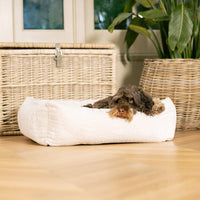

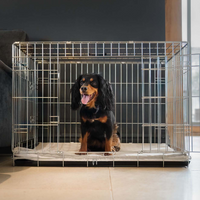
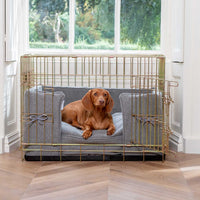
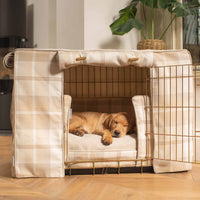
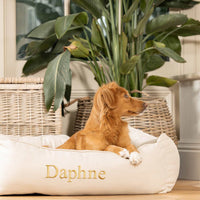
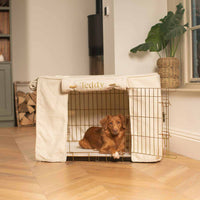
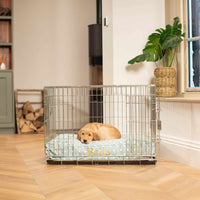
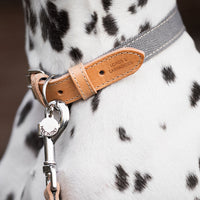

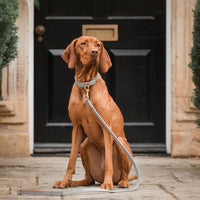
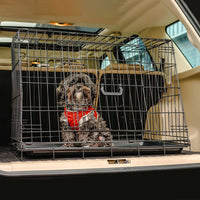
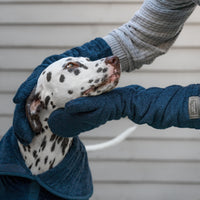
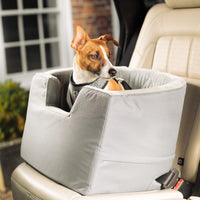
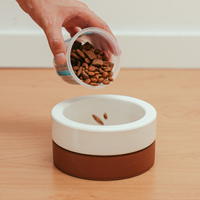
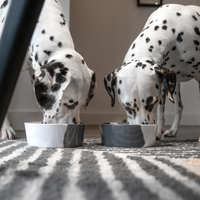
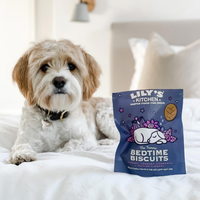
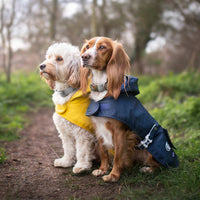
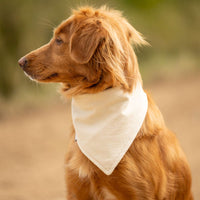
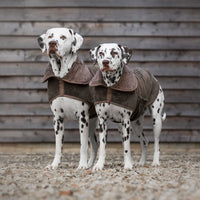
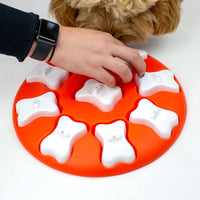
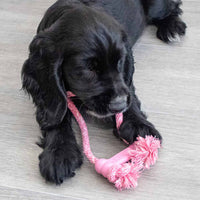
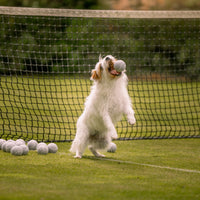
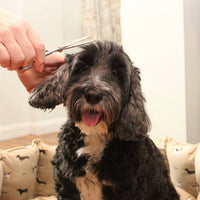

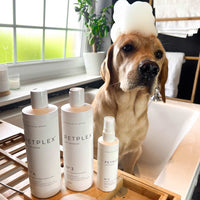

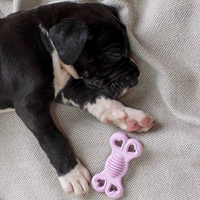
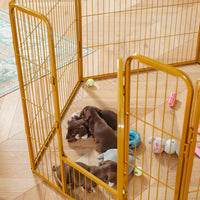
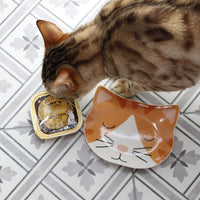
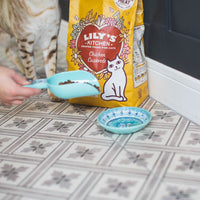
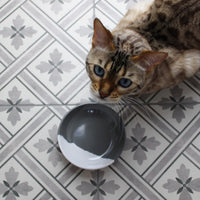
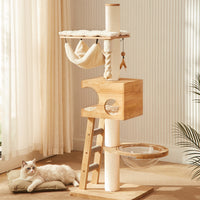

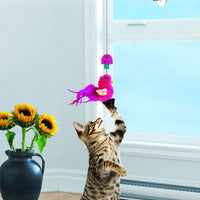
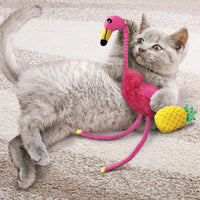
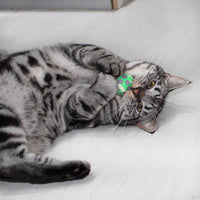
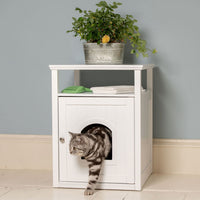
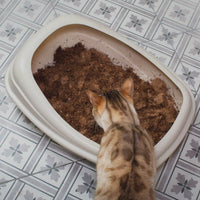
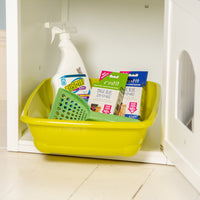
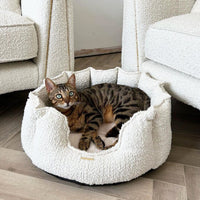
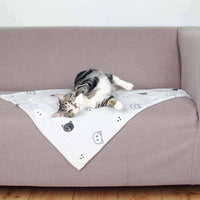
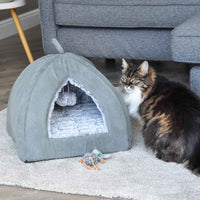
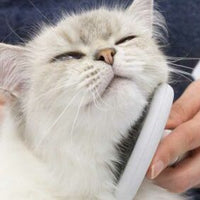
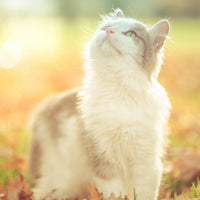
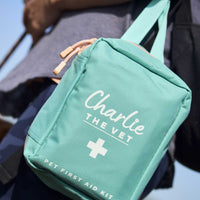
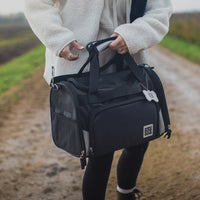
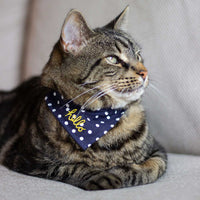
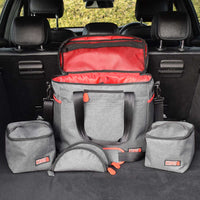

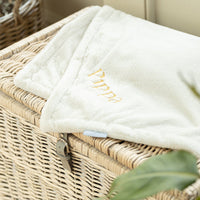
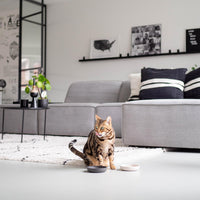



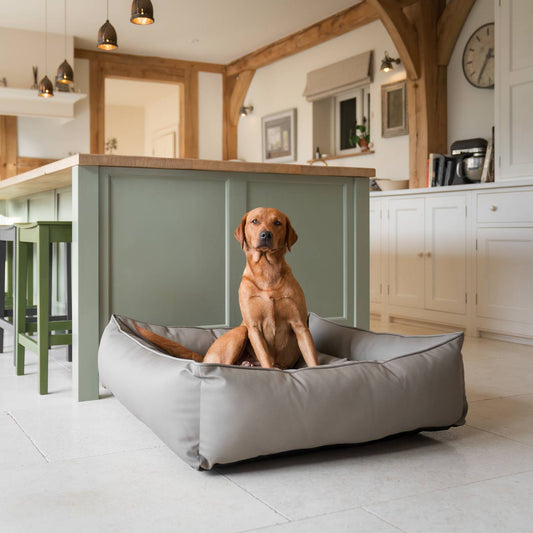



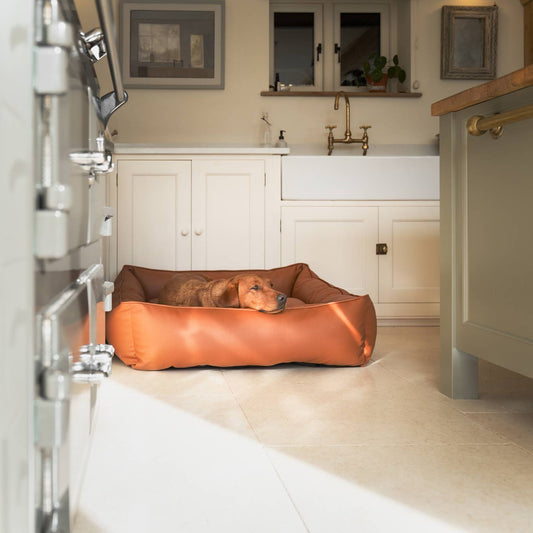







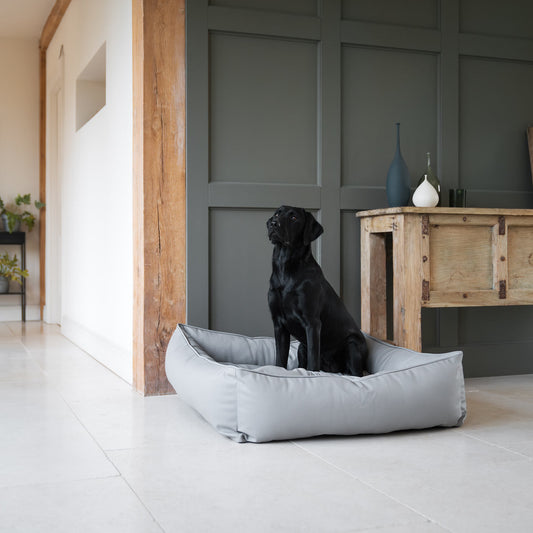
















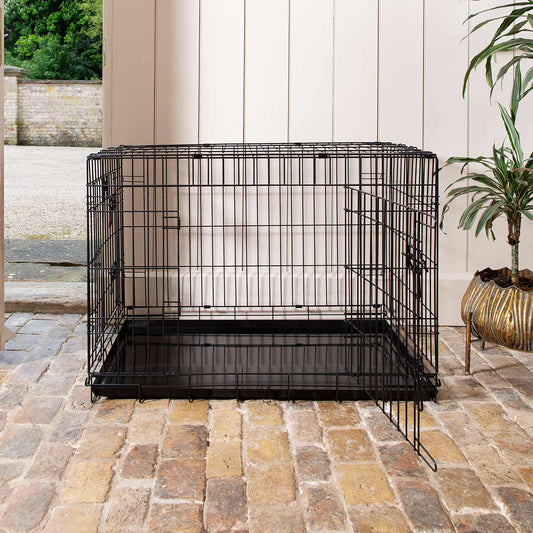

![[color:blue]](http://www.lordsandlabradors.co.uk/cdn/shop/files/ScruffsPawPrintPlacematblue.jpg?v=1684143298&width=533)






![[color:grey]](http://www.lordsandlabradors.co.uk/cdn/shop/files/ScruffsFauxLeatherPlacemat3.jpg?v=1684141284&width=533)
![[color:ivory tort]](http://www.lordsandlabradors.co.uk/cdn/shop/files/coco-pup-walking-bag-ivory-tort.jpg?v=1716470256&width=533)



![[color:black]](http://www.lordsandlabradors.co.uk/cdn/shop/files/ScruffsBlackMarblePrintPlacemat2.jpg?v=1684141699&width=533)


